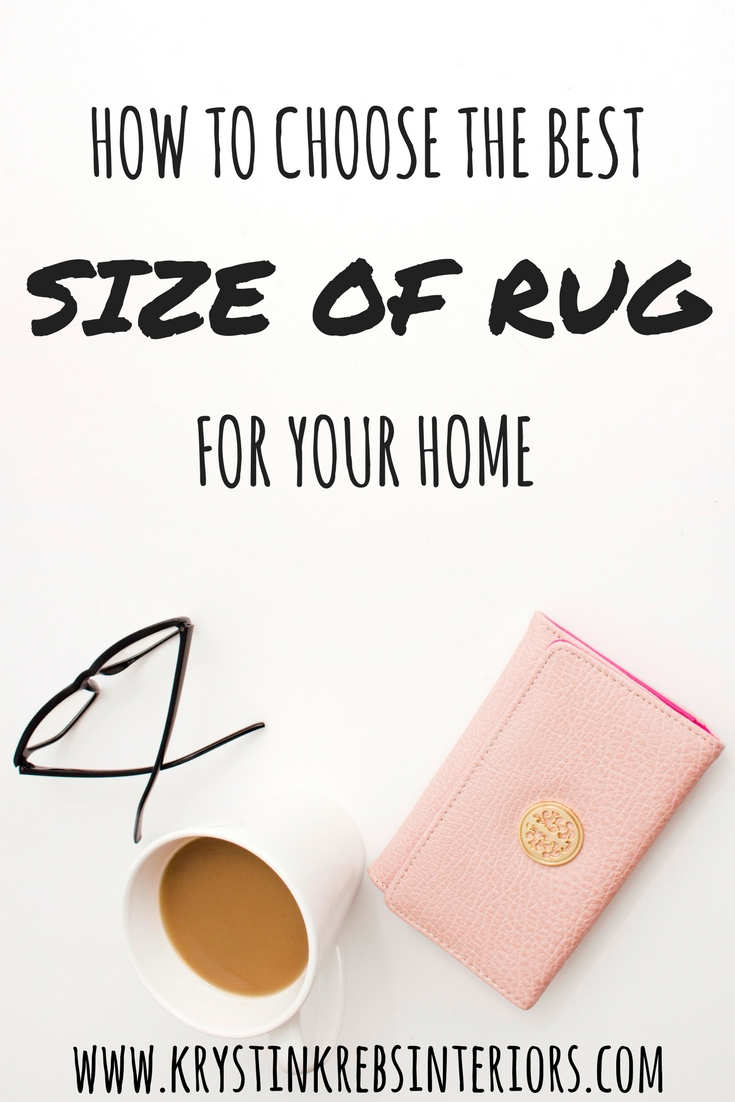Pin Me!
How to Choose the Best Type of Rug for Your Home

Pin Me!

Pin Me!
Below is a page taken from my e-course "Everything you Need to know About Interior Design, for the Do It Yourself Homeowner", available for $97
42" Round Table = 96" Round Rug
48" Round Table = 96" Rouns Rug
60" Round Table = 108" Square Rug
60'x 42" Oval Table = 96" x 120" Oval Rug
97" x 49" Oval Table = 60" x 42" Oval Rug
70"x 36" Rectangular Table = 96" x 120" Rectangular Rug
76" x 32" Rectangular Table = 96" x 120" Rectangular Rug
84" x 36" Rectangular Table = 96" x 120" Rectangular Rug
90" x 39" Rectangular Table = 96" x 144" Rectangular Rug
108" x 41" Rectangular Table = 96" x 144" Rectangular Rug
120" x 30" Rectangular Table = 120" x 168" Rectangular Rug
